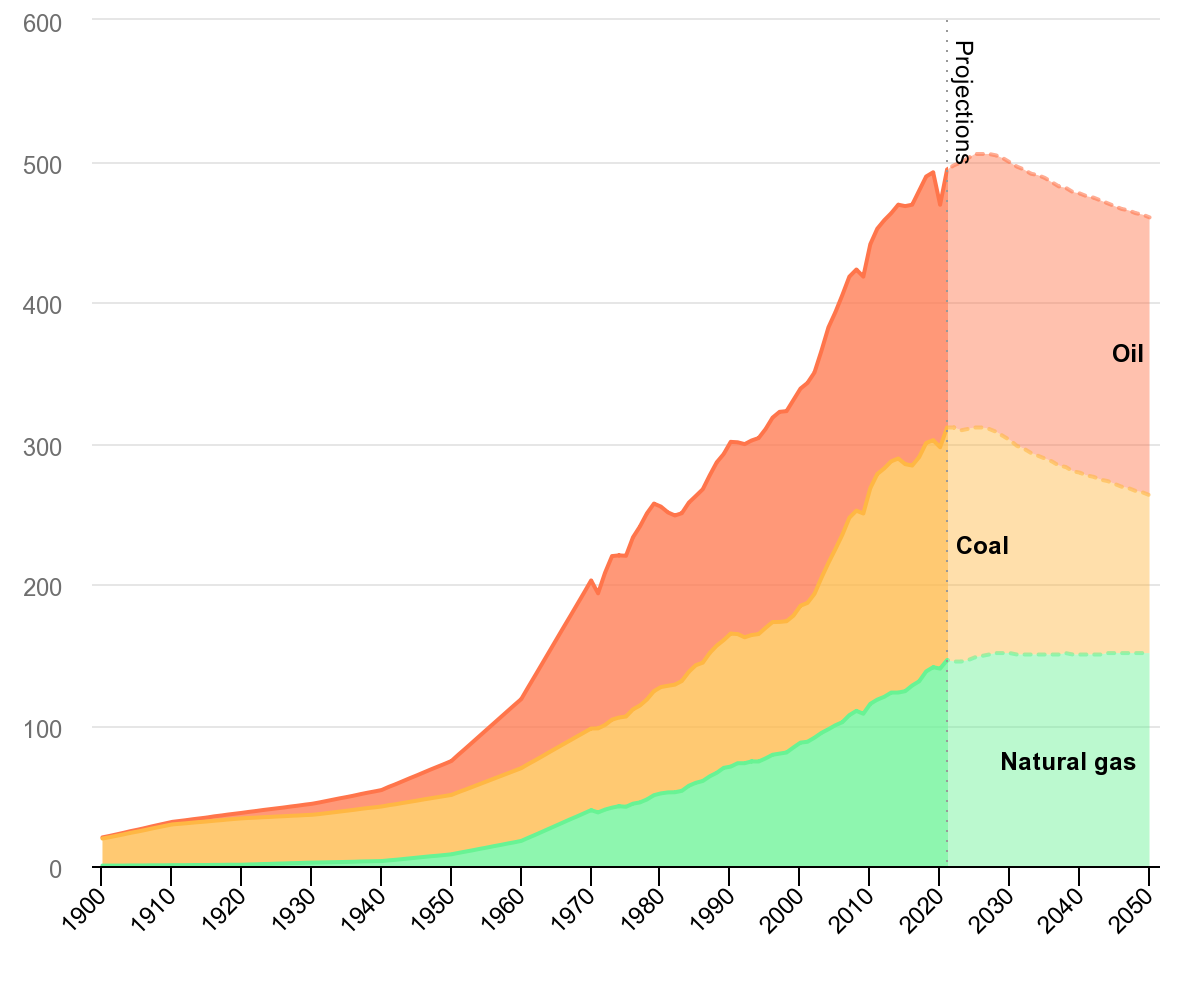Permitting Hell vs. Climate Hell at COP27
Onerous environmental permitting regulations make rapid renewable energy deployment in the United States a "fantasy."

Sharm-el-Sheikh, Egypt—"Demand for fossil fuels will decline in this decade," asserted Daniel Wetzel, the head of the International Energy Agency's Tracking Sustainable Transitions unit. He called this a "truly pivotal moment" in the way the world will produce energy in the future. He made this bold claim during a session today on scaling up global renewable energy production, based on an analysis of projected global energy production trends in a report by the IEA, World Energy Outlook 2022. Crucially the IEA's analysis relies on scenarios in which governments are expected to deliver on their promises with respect to the future deployment of renewable energy technologies.
Competitive Enterprise Institute Senior Fellow Mario Loyola proceeded during the questions and answers session to elegantly puncture the sunny "stated policies" predictions of rapid renewable energy deployment as "a fantasy," at least in the United States. The Biden administration has the stated policy of deploying enough low-carbon energy production to cut U.S. greenhouse gas emissions by 50 percent below their 2005 levels by 2030. Loyola argued that these ambitious goals are "totally impossible" to achieve because federal and state bureaucracies will only be able to issue "a tenth of the necessary permits under current law."
Assuming away the red tape barrier for a moment, what is the world's energy future under the IEA's three policy scenarios? Stated policies tracks the trajectory of currently enacted energy policies; announced pledges assumes all aspirational targets are met; and net zero maps the energy pathways to achieve a 1.5 C stabilization in the rise in global average temperatures.
In the stated policies scenario, global fossil fuels demand peaks around 2025.
As the world adds more renewable power while coal-power generation declines, carbon dioxide emissions from the global electric power sector peaks in the next couple of years.
But Loyola is clearly right: stated policies aimed at deploying renewable energy production in the U.S. will run into a massive red tape roadblock. In fact, they already have. In August, my Reason colleague Eric Boehm pointed out that 18,000 megawatts of offshore wind power are currently tied up in federal environmental permitting battles.
And federal red tape is not the only problem. Energy expert and author of A Question of Power: Electricity and the Wealth of Nations, Robert Bryce has compiled a handy database of solar and wind projects that have been rejected by local U.S. jurisdictions. Since 2015, some 371 wind farms and 102 solar plants have succumbed to "not in my backyard"-ism.
In his September report, "Unleashing America's Energy Abundance," Loyola observes, "If the climate crisis is 'code red for humanity,' as President Biden has said, the goal of a clean energy transition is almost certainly beyond reach until the whole permitting system is reformed, including significant amendments to the National Environmental Policy Act (NEPA)."
U.N. Secretary-General António Guterres in his opening remarks at COP27 declared, "We are on a highway to climate hell with our foot still on the accelerator." That's totally hyperbolic, but as Loyola is entirely right that at least in the U.S., our constant stomping on our regulatory brake insures that all energy projects—not just renewable ones—are stuck in permitting hell.
Note: I will be reporting from COP27 for the rest of the week.




Show Comments (37)